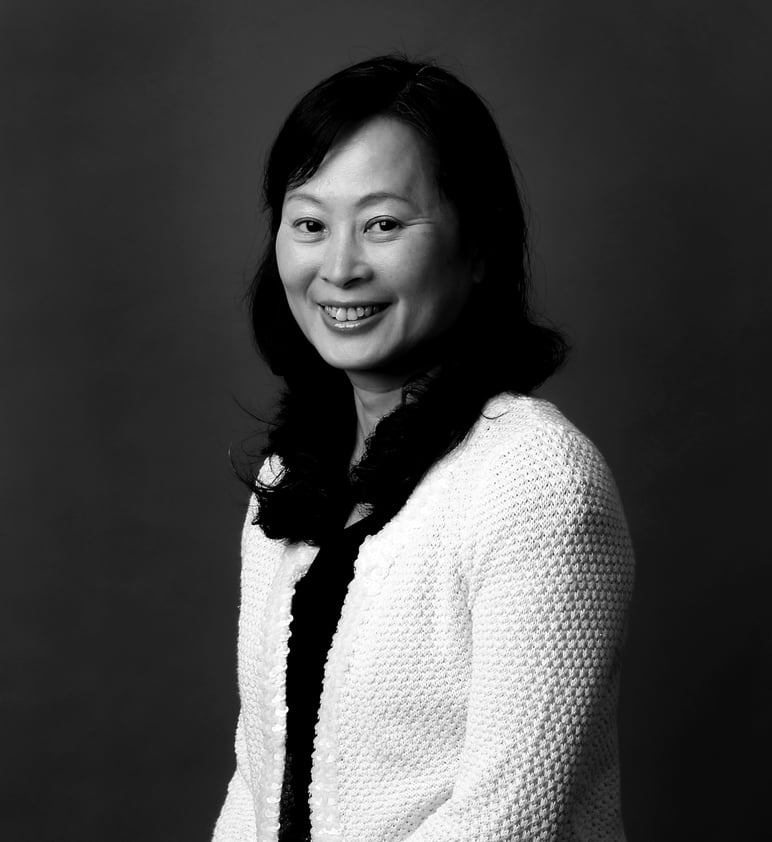
Torn between Hong Kong and Beijing, Carrie Lam’s delicate task is to satisfy both
The demands from both sides are getting increasingly vocal and pose a test of political wisdom
She flew out on Sunday and will get her appointment letter from Premier Li Keqiang first, followed by a meeting with President Xi Jinping – formal protocol without which her confirmation as Hong Kong’s leader would not be finalised.
The running joke in town is that whoever wants the city’s top job must be out of their mind, but there is logic behind it. The fact is, whoever sits in the hot seat is torn between two sides because the chief executive must be accountable to both Beijing and Hong Kong.

But the formal arrangement for her to visit all the three agencies representing Beijing here – the liaison office, the People’s Liberation Army garrison, and the Commissioner’s Office of the Foreign Ministry – on the same day has added an element of symbolic protocol to these “courtesy visits”.
For now and the future, it signals a working relationship between the chief executive and Beijing and its representatives under the “one country, two systems” policy.
Although the three meetings were held behind closed doors, the news media were allowed to wait outside the venues for photo calls to record the greetings and handshakes. The PLA later released a photo of Lam meeting its local commander inside the barracks, while the official Xinhua news agency highlighted liaison office director Zhang Xiaoming’s pledge that Beijing would continue to support Lam in maintaining “law-based governance”.
Lam was also briefed on Beijing’s arrangements for her appointment this month – a message showing that the office was acting on behalf of the central government.
Lam knows too well she needs to change people’s perception that her election victory was more to do with the liaison office’s efforts in securing votes for her than her own merit. She told reporters after the meeting that she did not in particular express thanks to the office, but instead received Zhang’s assurance that she and her administration would be allowed to do their own work, on their own steam, in future.
“He agrees that it is the Hong Kong government’s job to lobby lawmakers,” she said.
Some have even suggested that an appraisal system should be established so that Beijing can properly assess the performance of the chief executive
Both Zhang and Lam could be talking about different sides of the same coin. After all, isn’t it a matter of how to define the relations between her as chief executive and the central government? And how to strike a delicate balance between meeting the expectation of her bosses up north and her other masters here – the Hong Kong public?
Mainland academics have been increasingly vocal these days in suggesting that Beijing should seek “legal means” in dealing with the city’s affairs, including “normalising” the hierarchy in terms of the chief executive’s working relations with the central government, as well as authorities in charge of Hong Kong affairs.
Some have even suggested that an appraisal system should be established so that Beijing can properly assess the performance of the chief executive, a practice that applies to other provincial leaders.
Naturally, Hongkongers want the city’s high degree of autonomy to remain intact while Beijing wants its authority to be seen and recognised under “one country, two systems”. That could explain why two years ago, a new seating arrangement was introduced for the chief executive’s annual duty visit to Beijing, putting state leaders at the head instead of side by side with the city’s leaders.
What other possible protocol change is in the pipeline remains to be seen in the future, or even during Lam’s visit this time, but any change is bound to test the political wisdom of both Beijing and Hong Kong’s new leader.

